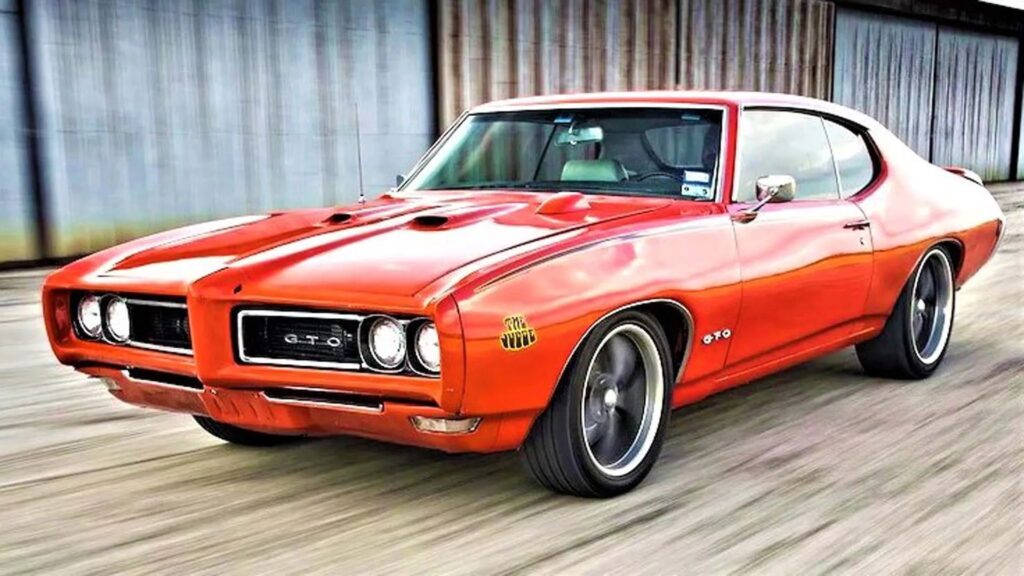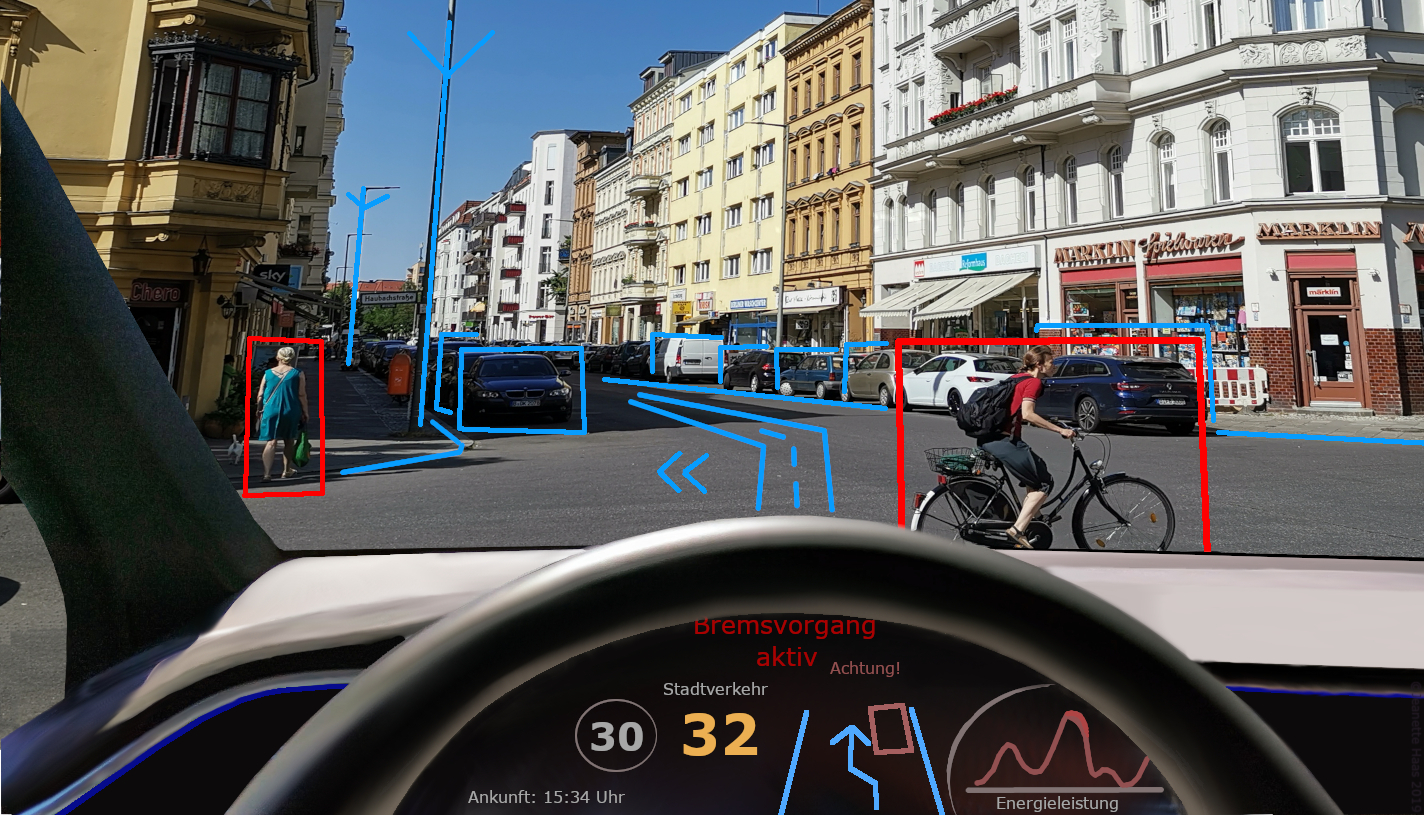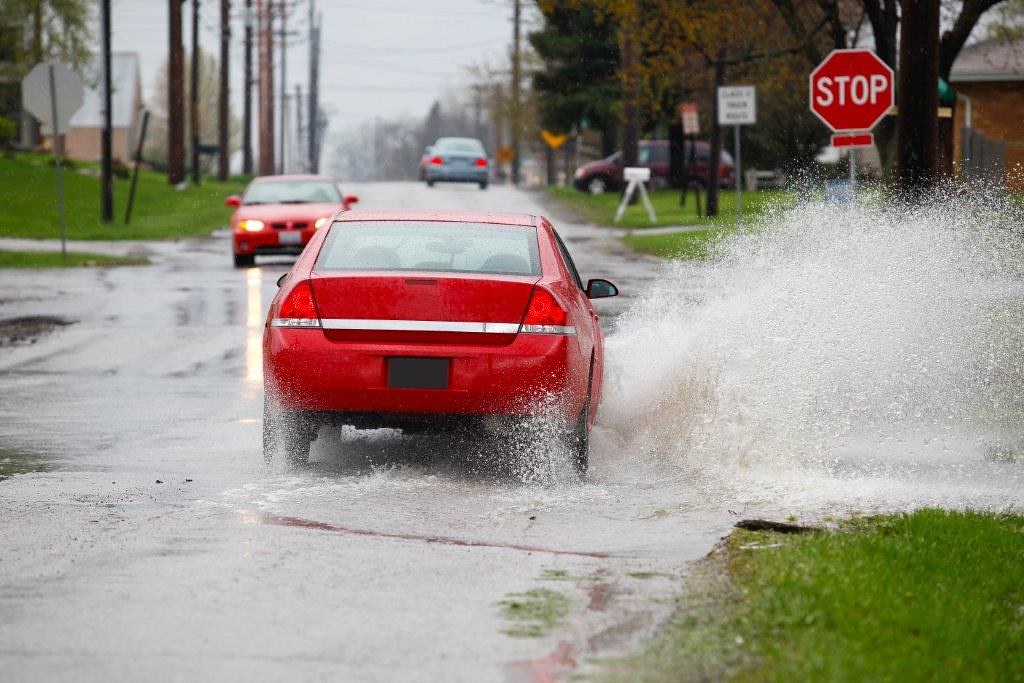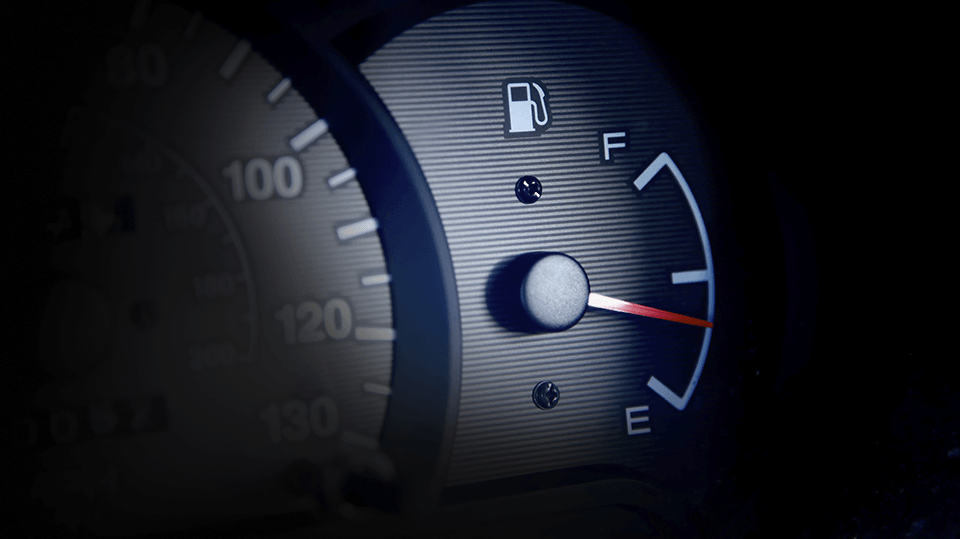
The escalating cost of fuel has undeniably cemented a vehicle’s fuel economy as one of the paramount considerations for consumers contemplating a new car, truck, or SUV purchase. While some forward-thinking buyers gravitate towards hybrids or even fully electric vehicles to mitigate the financial strain, gasoline-powered vehicles remain a dominant force on our roads, with their average miles per gallon (MPG) ratings heavily influencing their market appeal. Yet, delving into a vehicle’s fuel efficiency isn’t always as straightforward as it seems, often presenting two distinct figures: city MPG and highway MPG, prominently displayed on spec sheets and online listings.
Many drivers have likely observed their own vehicles achieving vastly different fuel consumption rates depending on whether they’re navigating bustling urban streets or cruising effortlessly on open highways. This disparity is not a marketing gimmick but a direct reflection of the varying demands placed on an engine under different driving conditions. Understanding the nuances behind these two figures—what causes them, how they are measured, and why your real-world experience might diverge from advertised numbers—is crucial for making informed decisions and truly optimizing your vehicle’s performance and your budget.
This in-depth guide aims to demystify the often-confusing world of fuel economy, providing consumers with clear, factual information and actionable insights. We will meticulously break down the intricate physics and practical factors that lead to the significant differences between city and highway MPG, ensuring you possess the knowledge to understand these ratings, predict your actual fuel consumption more accurately, and ultimately, make smarter choices for your driving needs.

1. **Understanding the Core Difference: City vs. Highway MPG**The fundamental reason behind the distinct city and highway MPG figures boils down to the vastly different driving conditions a vehicle encounters in each environment. If you’ve ever wondered what exactly sets those figures apart, it’s “largely a matter of the driving conditions a vehicle endures in each setting.” City driving, by its very nature, imposes greater stress and demands on a vehicle’s engine compared to the more consistent pace of highway travel.
This increased strain in urban landscapes is primarily due to the constant stop-and-go nature of city driving. Navigating traffic lights, stop signs, and pedestrian crossings means frequent acceleration from a standstill and subsequent braking. This “constant off-and-on use of the gas pedal draining fuel quicker than the steady charge you’d see on the highway.” Such a cycle forces the engine to repeatedly expend significant energy to get the vehicle moving, consuming fuel at a higher rate.
Conversely, highway driving is characterized by maintaining a consistent speed for extended periods. When a vehicle is cruising at a steady pace, its engine operates more efficiently, requiring less effort to sustain momentum. This smoother operation leads to better fuel economy, often resulting in a difference of “as much as 5 mpg or more” between city and highway ratings. Recognizing this core distinction is the first step toward understanding your vehicle’s true fuel-saving potential.
:max_bytes(150000):strip_icc():focal(999x0:1001x2)/car-at-gas-pump-82422-ab3164e0c02a469c8839607eefd14c62.jpg)
2. **The Science of Fuel Economy: How MPG is Measured**Before delving deeper into the factors influencing fuel consumption, it’s essential to grasp how Miles Per Gallon (MPG) is actually calculated. The term itself is quite descriptive: “mpg measures how many miles a vehicle travels in comparison to how much fuel it consumes along the way.” This straightforward metric provides a tangible benchmark for comparing the efficiency of different vehicles.
For example, a vehicle boasting “a rating of 35 mpg means your vehicle can travel 35 miles on one gallon of gasoline.” These numbers, however, are not static and can “fluctuate based on the make and model of your vehicle, as well as what grade of fuel you use, and your driving habits.” Furthermore, the specific environment in which you drive, whether urban or highway, significantly impacts these figures.
When you research a new or used car, you will invariably encounter both highway and city MPG figures on its spec sheet. Often, a third, arguably more crucial number is also presented: the “combined mpg.” This figure “averages both the highway and city figures to give a more rounded picture of the actual mpg rating.” The combined fuel economy is typically a “weighted average of city and highway MPG values that is determined by weighting the city value by 55% and the highway blue by 45%,” offering a comprehensive overview of a vehicle’s overall efficiency under mixed conditions.
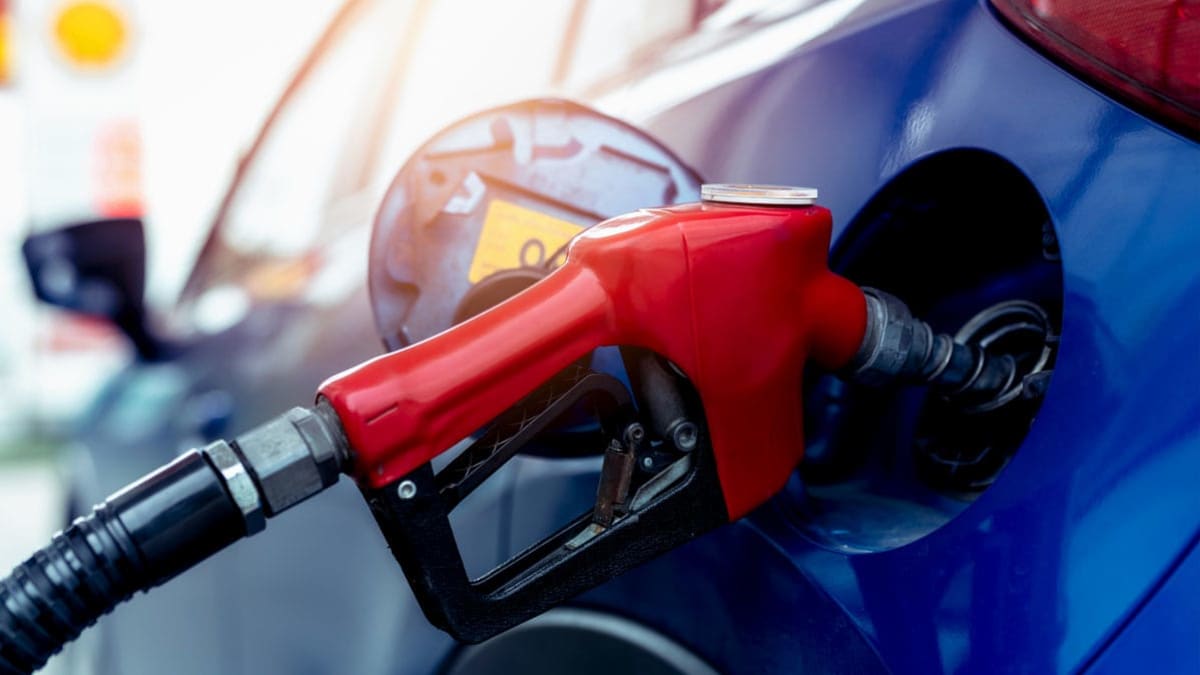
3. **The City Scourge: Why Stop-and-Go Driving Guzzles Gas**City driving truly is the fuel economy villain, primarily due to the relentless cycle of stopping and starting. Every time you encounter a red light, a stop sign, or heavy traffic, your vehicle is forced to decelerate and then accelerate again. This constant overcoming of inertia demands a substantial amount of energy, which directly translates to higher fuel consumption.
When pulling away from a stop, your engine’s RPMs (revolutions per minute) increase significantly. As the context explains, “internal combustion engines need to be operating at higher RPMs in order to produce the power that is needed to get a car moving.” This surge in engine speed directly corresponds to a greater demand for fuel. “Especially in gasoline-powered vehicles, engines make more power, and thus require more fuel, as the engine speed rises.”
The physics behind this is quite clear: “Newton’s First Law of Motion states that an object in motion stays in motion.” Pushing a stationary object, like a car, requires a burst of energy that is far greater than the energy needed to keep it rolling. Repeatedly generating this initial burst of energy in stop-and-go conditions makes city driving inherently less fuel-efficient, as the engine constantly works harder to change speeds and overcome the vehicle’s resting state.
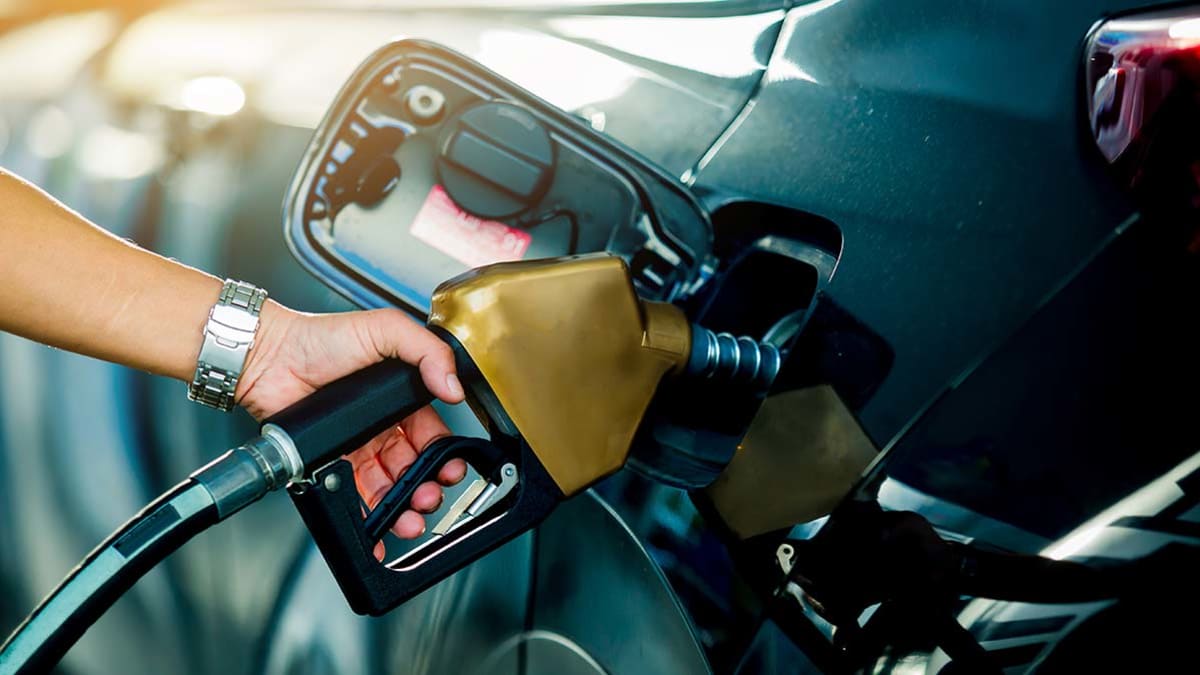
4. **The Idling Trap: Burning Fuel While Standing Still**Beyond the stop-and-go dynamics, another significant contributor to poor city fuel economy is idling. This often-overlooked habit involves the engine running and consuming fuel even when the “vehicle is not moving.” Whether you’re waiting at a long traffic light, stuck in a gridlock, or just parked with the engine on, idling translates directly into wasted fuel.
The detrimental effect of idling on fuel efficiency is undeniable, as it “dramatically decreases fuel economy.” Your car is actively burning gasoline to power its systems without covering any distance, effectively yielding zero miles per gallon during these periods. This is a stark contrast to driving, where fuel consumption is directly linked to the distance traveled.
Modern vehicle technologies have begun to address this issue. For instance, “vehicles that are fuel-efficient in city driving often have technologies such as automatic start-stop systems.” These systems automatically shut off the engine when the vehicle comes to a complete stop and restart it seamlessly when the driver intends to move, significantly reducing the amount of fuel wasted during idling periods in urban environments. Understanding this trap can help drivers consciously minimize unnecessary idling.
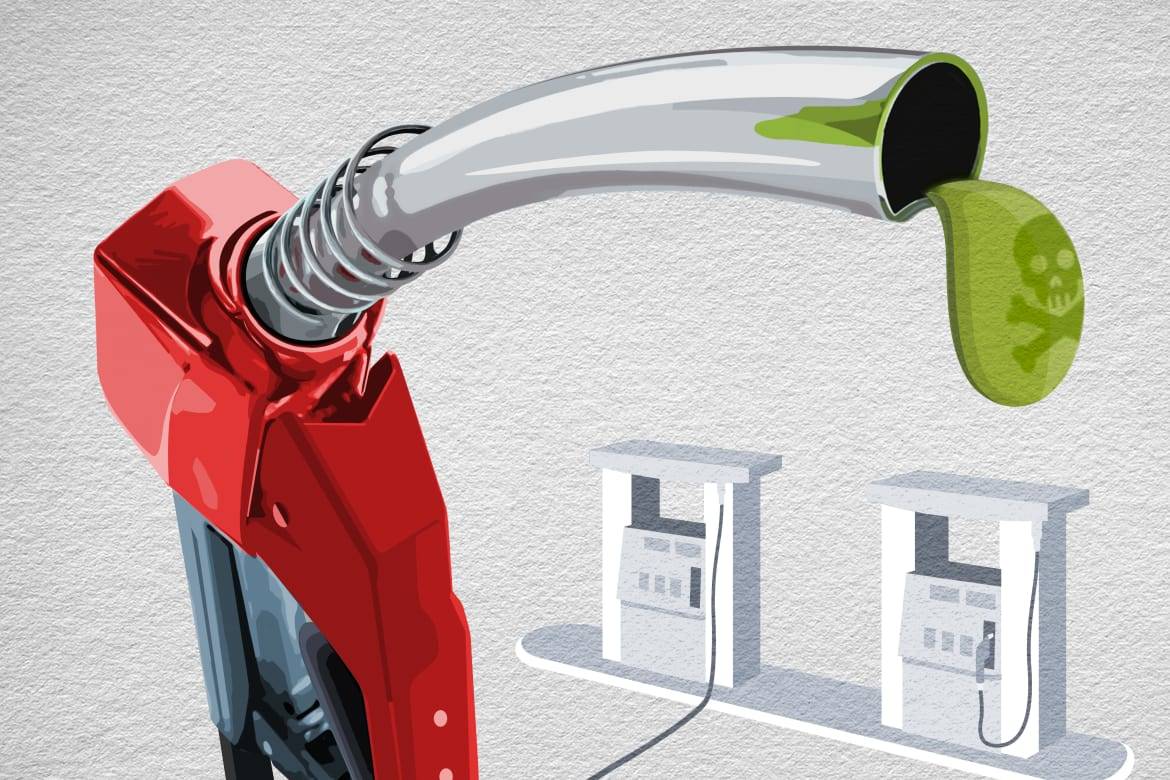
5. **Highway Harmony: The Efficiency of Consistent Speed**In stark contrast to the fuel-intensive nature of city driving, highway travel often represents a vehicle’s most fuel-efficient operating condition. The primary reason for this improved economy is the ability to “maintain a consistent speed” for prolonged durations. This steady pace allows the engine to settle into what is often referred to as its “sweet spot,” where it operates at its “most efficient RPM range.”
When cruising on the highway, “your engine usually sits at a relatively consistent, low RPM.” This is because the “vehicle is already in motion, and it requires less energy (gas) to keep it traveling at that speed.” The engine doesn’t have to constantly ramp up and down, avoiding the energy expenditure associated with frequent acceleration and deceleration. This consistent workload is far less taxing on the engine, leading to lower fuel consumption.
Driving on the highway also takes advantage of physics in a beneficial way; “an object in motion stays in motion!” This principle means less energy is needed to keep the vehicle moving once it has reached its desired speed. Consequently, “as speeds rise, you use less gas to travel farther distances, until the aerodynamic drag on your vehicle becomes too great and your engine has to work harder to keep your car piercing through the air.” This highlights the balance between consistent speed and the increasing challenge of air resistance.
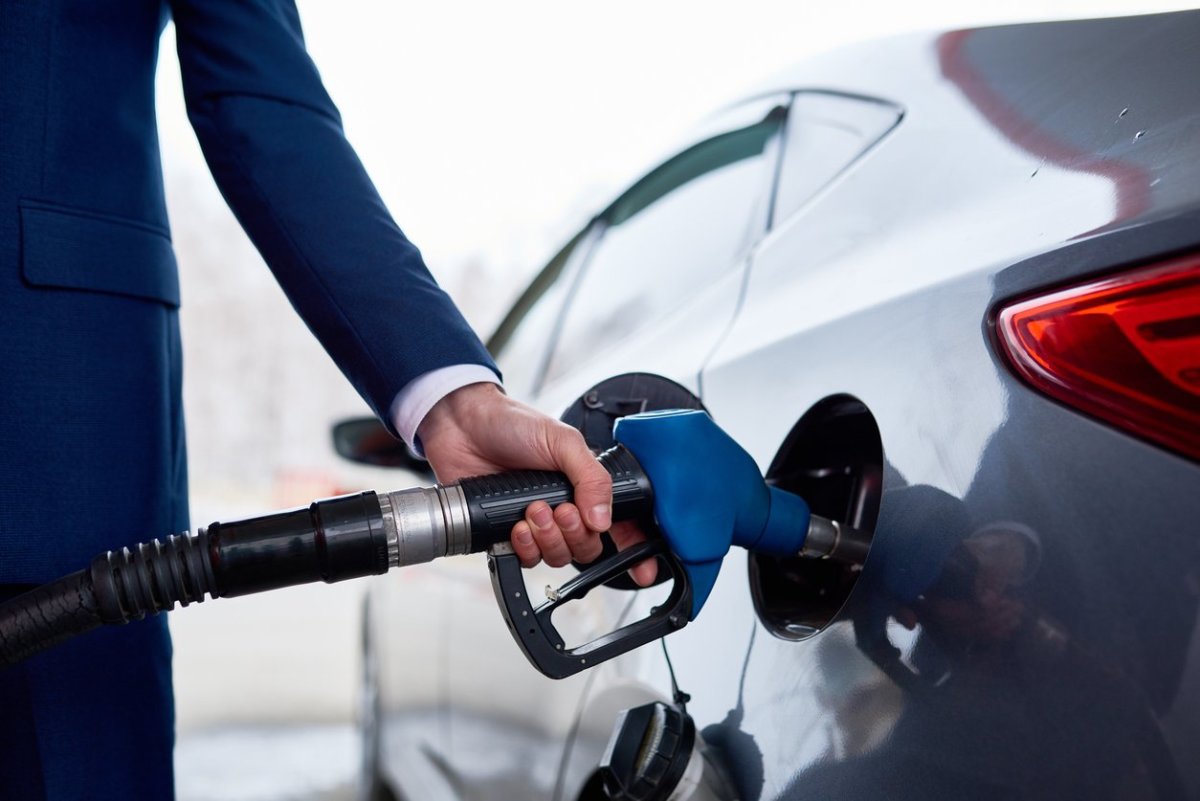
6. **Battling the Wind: The Impact of Aerodynamics on Highway MPG**While consistent speed is a boon for highway fuel efficiency, another critical factor comes into play, especially at higher speeds: aerodynamic drag. This invisible force becomes increasingly significant as a vehicle’s speed increases, pushing against the car and requiring the engine to work harder to maintain momentum. Therefore, “aerodynamic drag is the main challenge at high speeds” on the highway.
Vehicle designers meticulously craft shapes to minimize this resistance. “Vehicles with sleek, aerodynamic designs and efficient engines are able to maintain speed with less effort, resulting in lower fuel consumption over extended distances.” Features like smooth body panels, angled windshields, and underbody fairings all contribute to reducing the amount of air resistance the car experiences, allowing it to cut through the air more efficiently.
Modern advancements in vehicle design also include “active grille shutters,” which can open or close based on cooling needs, optimizing airflow and reducing drag when maximum cooling isn’t required. In essence, the less wind resistance a car faces, the less power its engine needs to generate to maintain a given speed, directly translating to better highway MPG. This factor is far “less impactful at low speeds” typical of city driving, making it a distinct consideration for highway efficiency.


